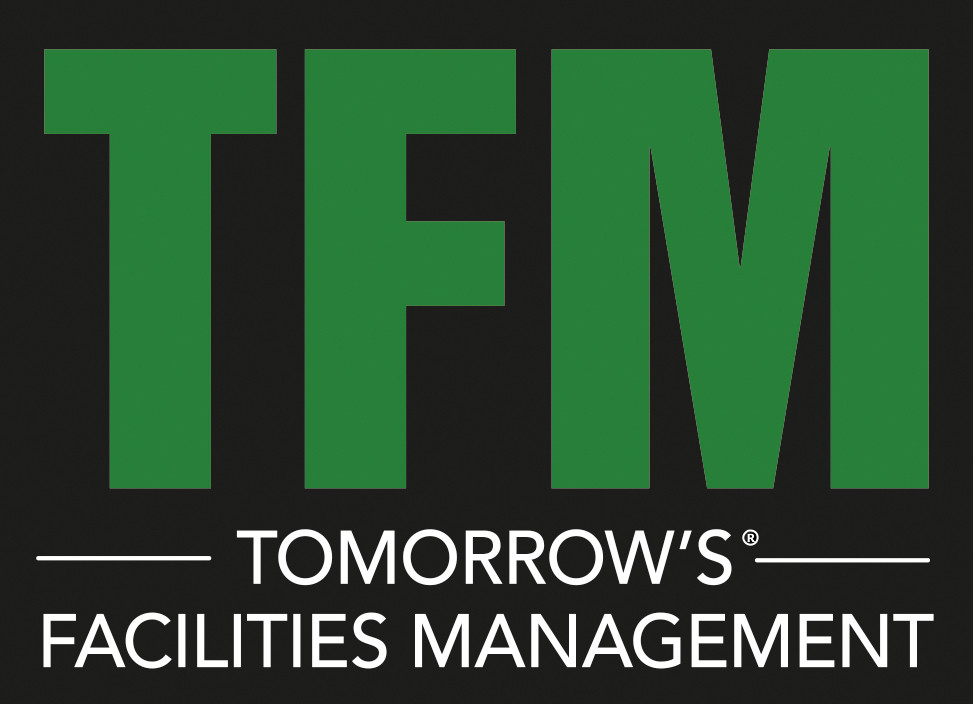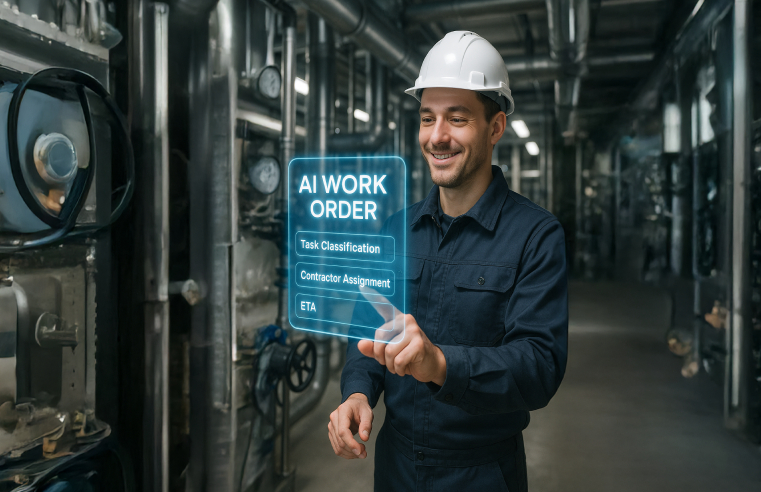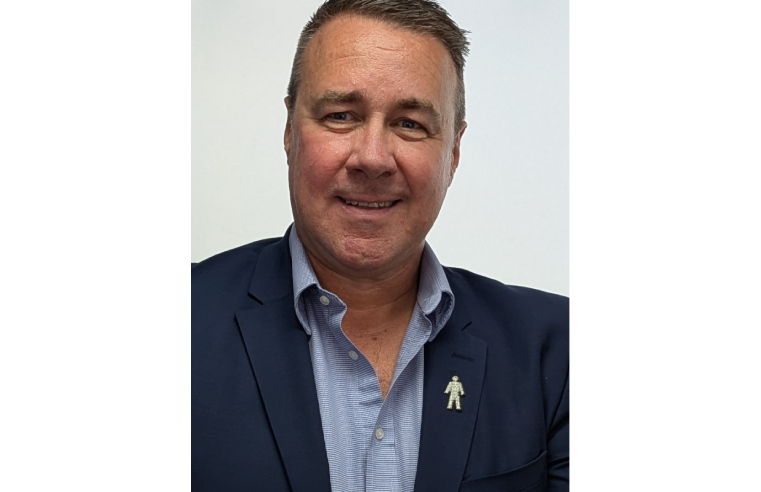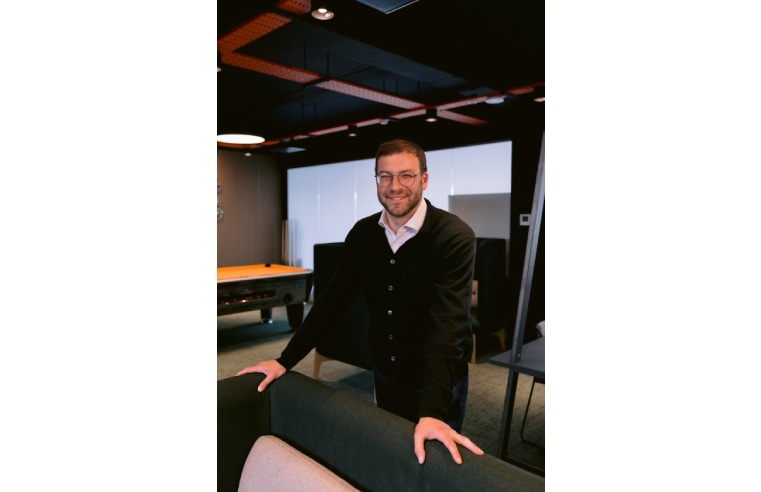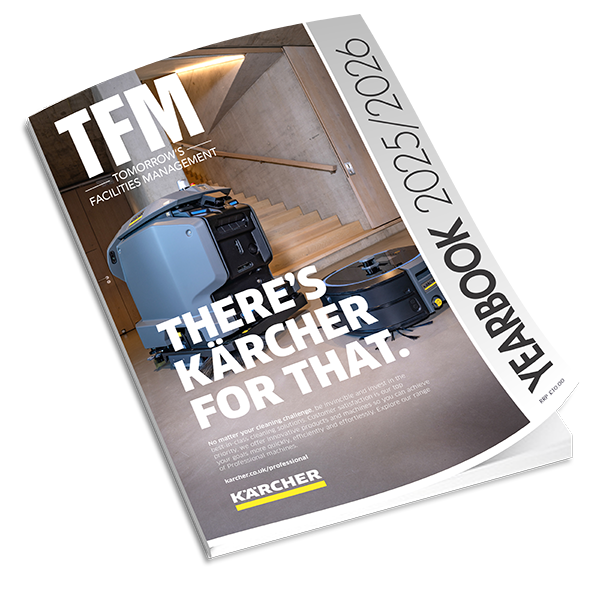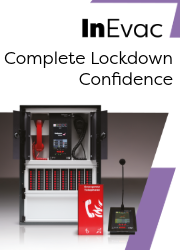As customer and industry expectations evolve, so too must retail fit-outs. Owen Bygrave, Decarbonisation Senior Project Manager at Sigma, explores why staying ahead of trends, standards, and sustainability requirements is crucial in the evolving world of retail fit-outs.
Today’s retail spaces need to be more than just visually appealing – they must be functional, adaptable, and future-proof. With consumer behaviour constantly changing and as retail design trends evolve, it is important that retail environments adapt accordingly.
Key to this adaptability is lifecycle thinking, a concept which considers the entire lifespan of a space. By incorporating lifecycle thinking into the design process during fit-outs, retailers can ensure that their environments are not only functional in the present, but also capable of supporting sustainable future growth.
One major challenge stakeholders face during fit-outs is implementing changes in a sustainable way. This is where collaboration becomes crucial – working with a fit-out partner with the necessary knowledge and experience offers a host of benefits, from identifying the most practical and beneficial solutions to executing strategies that align with operational requirements while meeting sustainability goals.
Spoilt for choice
There are several ways to achieve sustainable and energy-efficient fit-outs. Integrating features such as energy-efficient lighting and optimised heating, ventilation and air conditioning (HVAC) systems, using renewable energy sources, and improving insulation can help reduce a building’s carbon footprint and lower energy costs, while the use of sustainable materials, such as reclaimed wood and recycled metals, will help minimise waste and reduce the need for frequent replacements.
However, no two sites are the same. This means that when it comes to adopting and implementing sustainable systems, it is crucial to consider the best option for a specific site. By implementing the most appropriate system, retailers can drastically reduce their carbon footprint while also boosting efficiency.
Partnering for progress
While the choices can be overwhelming, undertaking a fit-out does not always require a complete overhaul. Sigma’s work with Marks & Spencer (M&S) demonstrates how any project, if thoroughly planned and with expert support, can make a difference.
M&S wanted to trial replacing gas-fired boilers with air-source heat pumps (ASHPs) in selected stores to cut carbon emissions and improve energy efficiency. Working with the retailer, Sigma helped identify known and unknown risks and crafted a mitigation and management strategy.
The process included a pre-development assessment of the roof, during which its structural integrity and capacity was evaluated, as well as a noise assessment to understand and mitigate any impacts. Additionally, the condition of the existing heating system and flow rates were assessed, while water quality was also sampled to identify potential issues.
An initial RIBA Stage 3 design was undertaken to forecast the budget and collate the required information. Working closely with M&S, Sigma helped evaluate leading ASHP manufacturers to select a system that best aligned with the project’s goals. This rigorous process considered several key criteria, including initial cost, after-sales support, service contracts, and the ability to meet the desired objectives.
With feasibility costs calculated and funding proposals in place, Sigma completed critical pre-development assessments that allowed the project to move forward with confidence. The team’s expert guidance ensured that installation risks were managed and that disruption to store operations was minimised.
The outcomes achieved prove that partnering with a knowledgeable and experienced provider like Sigma can be the key to delivering sustainable fit-outs with minimal risk. With careful planning and collaboration, the right decisions can be made from the start, ensuring that operational and sustainability goals are met.


